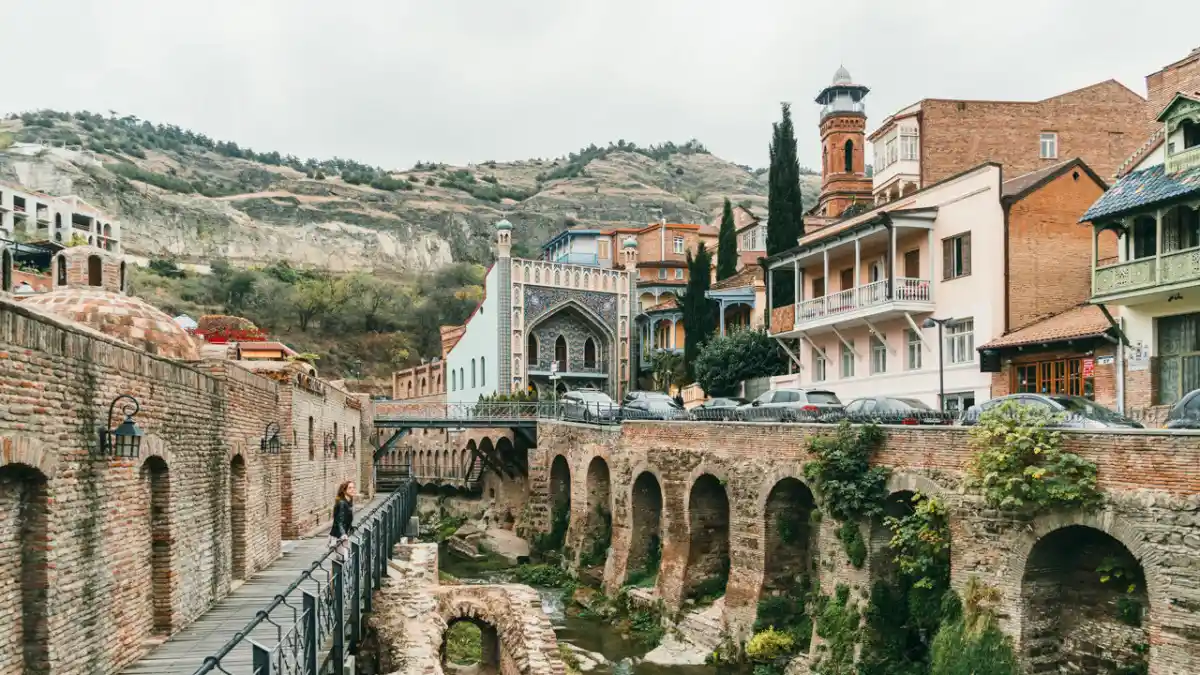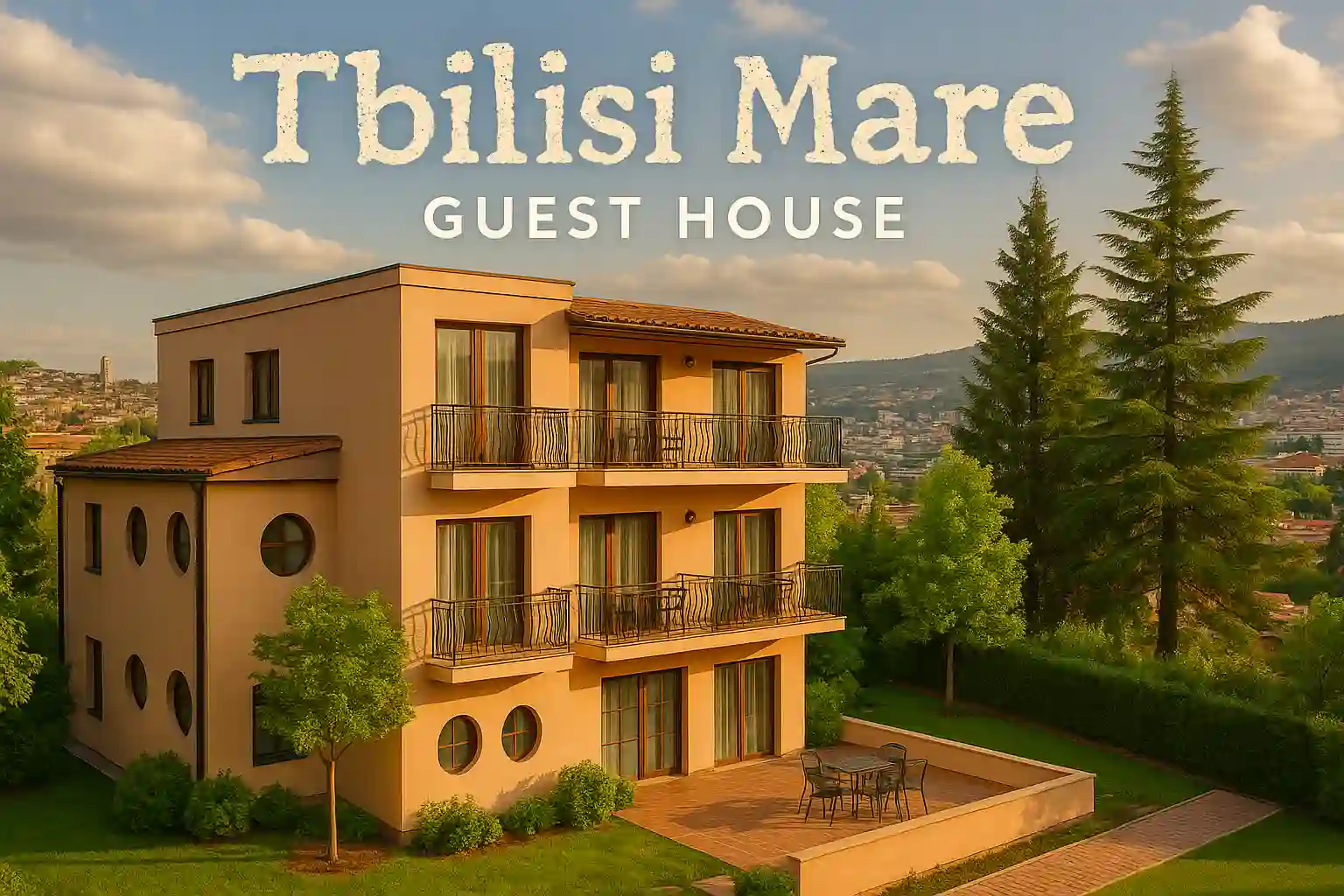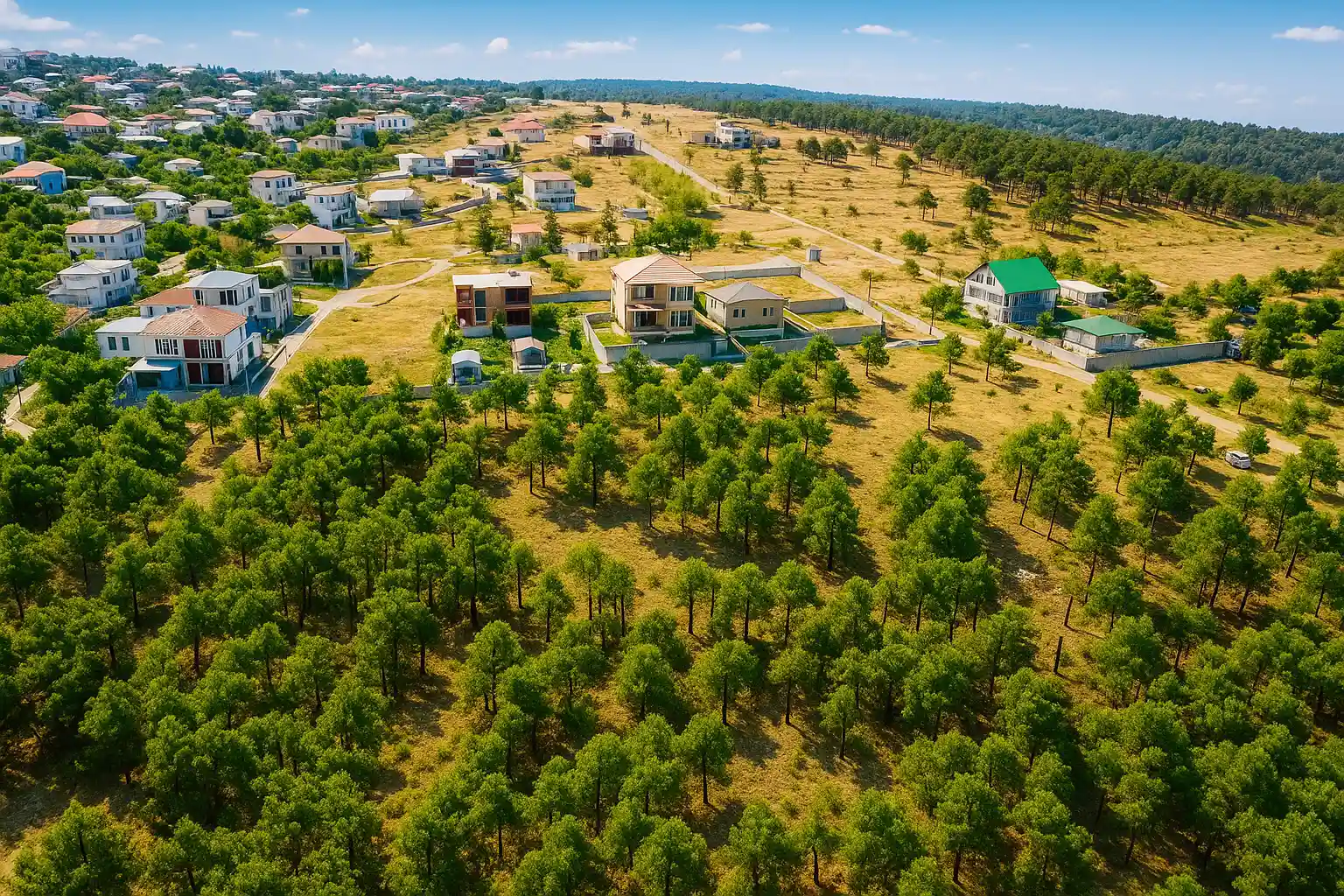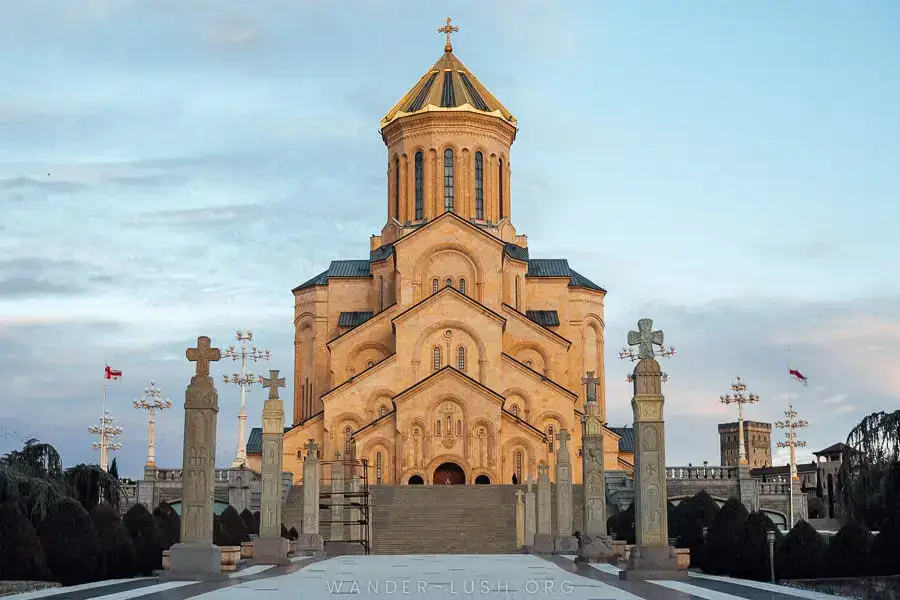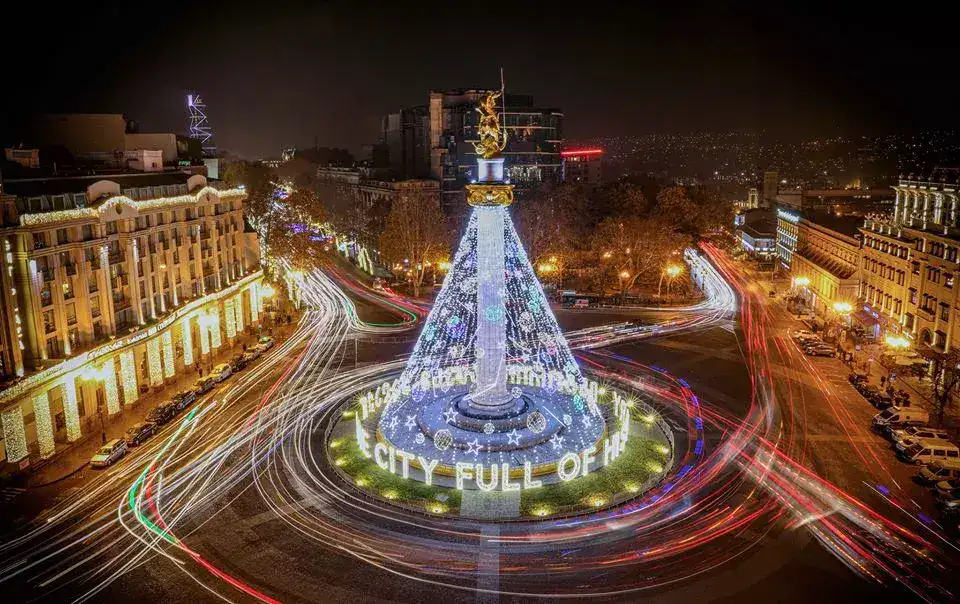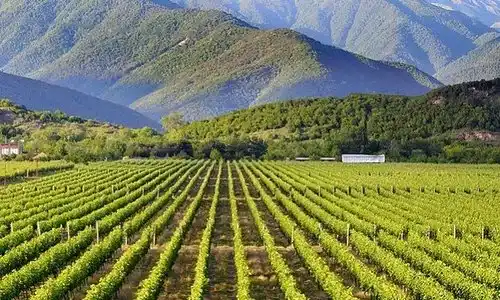Tbilisi’s History: From Hot Springs to Golden Ages
Tbilisi, a city rich in legend and history, traces its roots back to King Vakhtang Gorgasali’s discovery of hot springs during a hunting
expedition in the 5th century. Captivated by the thermal wonders, the king envisioned a new city named Tbilisi, meaning “a warm
place” in Georgian, which soon became synonymous with its thermal springs.
The city’s past stretches beyond its official founding, potentially dating back to the 4th millennium BCE, as evidenced by archaeological
findings of ancient settlements. King Vakhtang’s visionary approach and expansion efforts established Tbilisi as the kingdom’s capital,
setting the stage for its rapid growth and prosperity. However, with success came external attention, attracting both allies and adversaries.
Tbilisi faced a tumultuous period from the late 6th to the 11th century, experiencing numerous invasions and sackings by Persians,
Byzantines, Arabs, Khazars, and Seljuk Turks. Nevertheless, in 1122, the city’s fortunes turned with King David the Builder leading
the Georgians to reclaim their capital, ushering in a golden age. Under the rule of King David and Queen Tamar, Tbilisi flourished,
adorned with grand structures like the Sioni Cathedral and witnessing remarkable progress in science and the arts.
However, the city’s prosperity took a hit in the 13th century with the arrival of the Mongols, bringing devastation and further challenges.
Over the centuries, Tbilisi endured attacks from various invaders, making it evident that Georgia couldn’t defend itself alone.
In 1783, Russia pledged to protect Georgian autonomy but eventually annexed the land in 1800, making Tbilisi the center of the Tbilisi
Governorate. Despite losing its independence, the city retained its significance as a hub of commerce, culture, and administration in the Russian Caucasus.
The 20th century saw dramatic shifts, with Tbilisi becoming the capital of an independent Georgia briefly before falling under Soviet rule.
During this period, the city thrived with industrial development, including aerospace industries relocated from other regions.
Today, Tbilisi stands as a resilient city, blending its ancient heritage with cultural influences from various periods. Its journey through
conquests and resurgence is a testament to its enduring spirit, making it a remarkable destination for those seeking a glimpse of history and vibrant contemporary culture.
Present-Day Tbilisi: A Melting Pot of Cultures and Contrasts
Today, Tbilisi stands as a vibrant and bustling city, housing around 1.5 million inhabitants on both banks of the Kura River.
The heart of the city, known as Old Tbilisi, boasts a tightly-packed core featuring medieval churches and charming old homes adorned
with decorative balconies, giving the city its unique character. On the other hand, emerging neighborhoods like Vake showcase modern
high-rises and luxurious apartment buildings, while further suburbs are dotted with poorly maintained high-rises reminiscent of
post-Soviet urban landscapes.
The city’s transportation network includes a small two-line metro system, complemented by an extensive network of buses and private vans.
After experiencing deterioration following the Soviet Union’s collapse, Tbilisi’s metro has been substantially restored, with plans to expand its reach through the Vake district by adding a third metro line.
Throughout its history, Tbilisi has experienced demographic shifts. Initially, the city had a predominantly Armenian population at the
beginning of the 19th century. However, under Russian rule, the population gradually shifted towards a majority Georgian, a trend that
accelerated after the Soviet Union’s dissolution. Presently, around 85% of the population is Georgian, with Armenians comprising
approximately 7%. The city’s Russian minority has significantly diminished since the fall of the Soviet Union and the Russo-Georgian
War in 2008. Tbilisi remains a diverse and inclusive city, with vibrant communities of other Caucasian peoples, as well as Greeks,
Germans, Jews, Assyrians, and Estonians contributing to its cultural tapestry.
Today, Tbilisi thrives as a captivating fusion of old and new, reflecting its rich history while embracing the dynamism of modern life.
Its welcoming atmosphere and diverse communities make it a city where tradition meets progress, creating a unique experience for
both residents and visitors alike.

